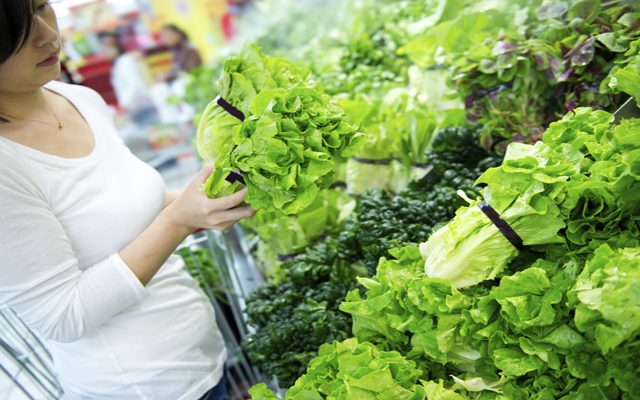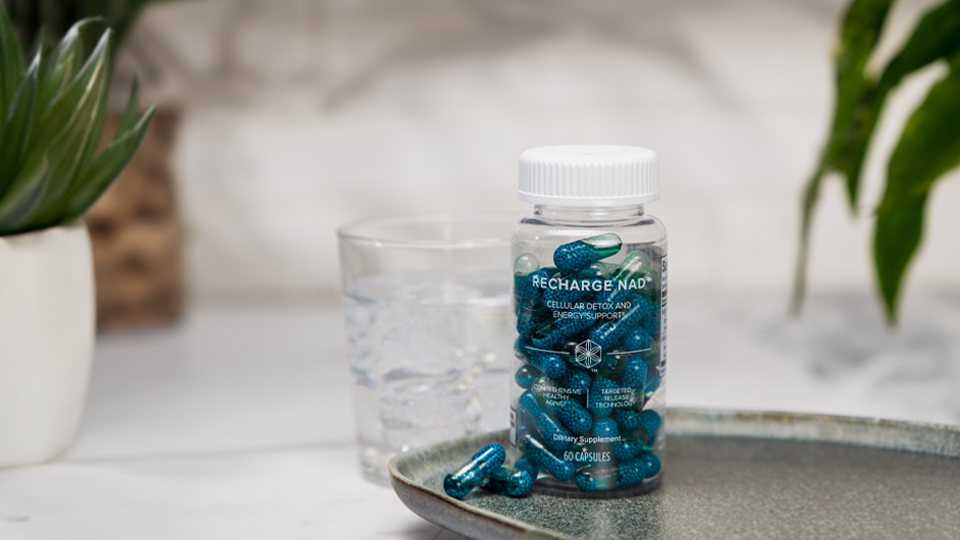“Eat your greens” is a line almost everyone can remember being told as a child. As adults it’s still just as important, but often neglected.
Regardless of knowing the health benefits associated with vegetables, most people still struggle to incorporate a substantial amount into their diet. Not surprisingly, the Centers for Disease Control and Prevention (CDC) reported that Americans are not getting enough vegetables, with the average adult eating only 1.6 servings a day (1).
That’s far lower than the recommendation to eat at least two to three cups of vegetables daily set forth by the United States Department of Agriculture (USDA).
As a reminder, vegetables are a rich source for a variety of essential nutrients including potassium, folate, vitamin A, and vitamin C. Vegetables are also a rich source of dietary fiber and relatively low in calories and fat. And they provide naturally occurring phytochemicals that have antioxidant properties and are shown to be beneficial to health (2).
In the spirit of the “greenest” day of the year, St. Patrick’s Day, don’t just wear green, but make sure you’re also getting enough in your diet. Here are six tips to help you “green” up your diet:
Tip #1: Include Vegetables in Every Meal
When planning a meal, the focus is typically placed on the lean protein source, and the vegetable side is a last addition, if at all. But because vegetables are such an important aspect of a balanced diet, USDA’s MyPlate recommendation is that you fill half of your plate with fruits and vegetables.
Trying new vegetables is a great way to add more variety to your diet with each one offering a unique combination of nutrients and phytonutrients. For many, eating vegetables may seem like a chore, but it’s all about finding what you like. You have so many different options to choose from, each with a unique color, texture, and taste.
Tip #2: Double Up On Leafy Greens
Eating healthy usually goes hand in hand with eating smaller portions, but when it comes to leafy green vegetables, this is the one time that doubling up can actually be a good thing. Adding more leafy greens to your plate will increase the quantity of food and micronutrients you eat without adding a substantial amount of calories or fat.
Leafy greens are also a great tool for those trying to manage weight due to their role in satiety. As a rich source of dietary fiber they can help keep blood sugar stabilized and increase the feeling of fullness resulting in fewer calories consumed throughout the day (3).
Tip #3: Keep Veggies On Hand for Smart Snacking
Snacking often carries a negative stigma because it’s usually where healthy eating gets derailed, but instead of snacking on chips or crackers composed of added sugars and unhealthy fats, why not have vegetables on hand?
Smart snacking takes some planning, but is a great opportunity to get more greens. Preparing some of your favorite vegetables to snack on throughout the day is a nutritious way to curb hunger and benefit health. These needn’t necessarily be green either: Sliced carrots, cauliflower, or red bell peppers are easy, healthful options.
Tip #4: Keep Vegetables Visible
Hidden away, vegetables are too often forgotten. It’s a problem of being “out of sight and out of mind.” Keeping vegetables in plain sight acts as a reminder throughout the day to incorporate them into your diet. It could be as simple as moving veggies to the top shelf of your fridge or leaving a few in a bowl to snack on throughout the day. Keeping healthful options accessible and visible could be the change needed to replace those unhealthy eating habits.
Tip #5: Add Vegetables to Your IsaLean Shake
As a complete meal replacement the IsaLean Shakes don’t need any additives, but for those looking to mix up the flavor, vegetables are a great choice. Adding vegetables to your IsaLean Shake is also an effective way to sneak in a few extra servings throughout the day, especially if you aren’t so keen on eating them on their own.
Try adding spinach or kale for an extra boost of nutrients. Yes, you’ll have to get used to the green color as you drink your shake, but you might be surprised at how little it affects the flavor.
A great recipe to try from an Isagenix associate is the “Green Monster.”
Tip #6: Drink Your Isagenix Greens
Juices or smoothies can be a great place to incorporate vegetables. But the problem with many of these products is that they are often made with excess sugars, not to mention too few vegetables to make a dent in your daily needs.
On the other hand, a serving of Isagenix Greens supplies a variety of green vegetable ingredients in only 30 calories. Each serving is the antioxidant equivalent of 20 servings of vegetables. However, Greens should be used to complement your vegetable intake and not as a replacement.
Although these simple tips for adding more vegetables to your diet may come across as quick and easy, they can bring profound benefits. In fact, research has shown that getting plenty of vegetables including leafy greens is linked to lower body weight, better cardiovascular health, and a healthier life overall (1-3).
References
- State Indicator Report on Fruits and Vegetables (2013) National Center for Chronic Disease Control and Health Promotion. Division of Nutrition, Physical Activity, and Obesity. Available at: http://www.cdc.gov/nutrition/downloads/State-Indicator-Report-Fruits-Vegetables-2013.pdf
- Kushi LH, Doyle C, McCullough M, et al. American Cancer Society guidelines on nutrition and physical activity for cancer prevention: Reducing the risk of cancer with healthy food choices and physical activity. CA Cancer J Clin. 2012;62:30-67. Available at: http://onlinelibrary.wiley.com/doi/10.3322/caac.20140/full
- Hairston KG, Vitolins MZ, Norris JM, Anderson AM, Hanley AJ, Wagenknecht LE. Lifestyle factors and 5-year abdominal fat accumulation in a minority cohort: the IRAS Family Study. Obesity (Silver Spring) 2012;20:421-7.





